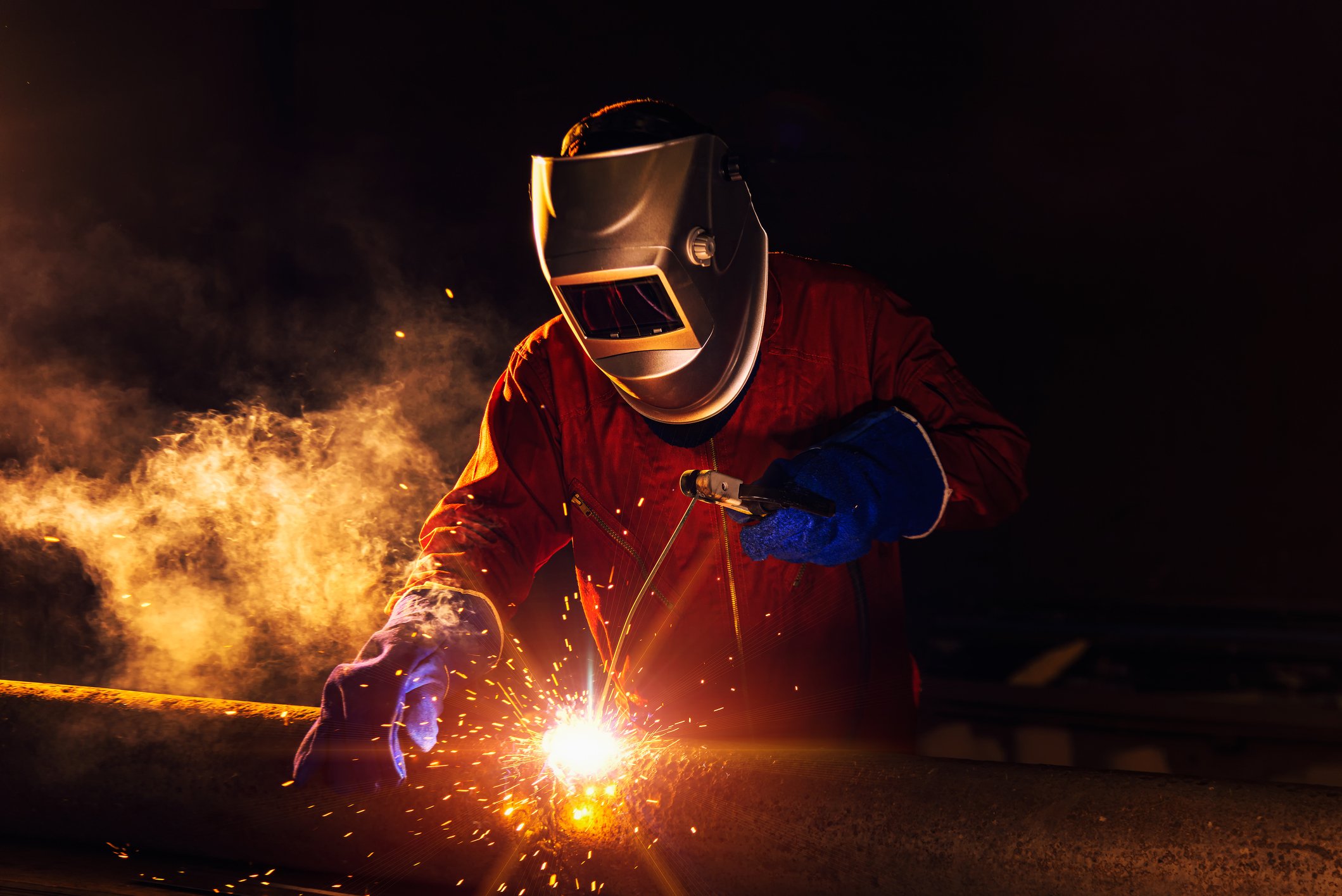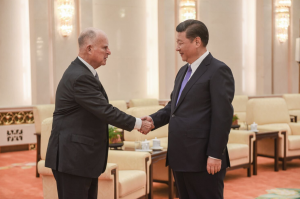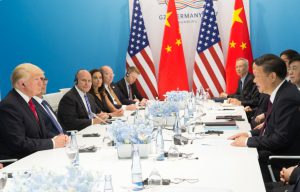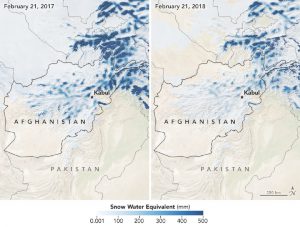President Trump has announced 25% import tariffs on steel and 10% tariffs on aluminium. These follow a 30% tariff on imports of solar products. Taken together, these tariffs are likely to hit America's renewable energy sector hard.
Solar and wind energy will become more expensive to import and install. Tariffs are likely to negatively impact America’s economy, raising the price of imported steel will hit United States (US) manufacturers and ultimately consumers. To make things even worse, they risk undermining an international trading system that has accelerated the deployment of low-carbon energy at affordable prices.
Tariffs are likely to negatively impact America’s economy
President Trump sees tariffs as a means of protecting traditional blue-collar jobs in electorally important states.
On March 2, the President tweeted “we must protect our country and our workers. Our steel industry is in bad shape. IF YOU DON’T HAVE STEEL, YOU DON’T HAVE A COUNTRY!”
However, any jobs gained in steel are likely to be more than offset by job losses elsewhere. A similar steel tariff, introduced by President Bush in 2002, resulted in a US$30 million hit to the economy, which means each job saved in the steel industry cost around US$400,000 (2.5 million yuan). These were ended more than a year early than planned and widely perceived as a failure.
We must protect our country and our workers. Our steel industry is in bad shape. IF YOU DON’T HAVE STEEL, YOU DON’T HAVE A COUNTRY!
— Donald J. Trump (@realDonaldTrump) March 2, 2018
Trump’s trade announcement was the culmination of a battle within the White House between proponents of free trade and economic nationalism. And it was followed in short order by the resignation of the President’s chief economic advisor, Gary Cohn, and the firing of secretary of state, Rex Tillerson, both free traders and former titans of the American business world. Their departures are a blow to international cooperation. Both were supporters of the Paris Climate Agreement, though both failed to prevent the President announcing America’s decision to withdraw.
In theory, tariffs on imported solar might shift jobs to the United States, but experts and industry believe they’ll have the opposite effect, leading to job losses and slowing solar adoption at a time when solar is one of the country’s fastest growing industries.
Today, the US solar industry employs 260,000 people. Over the next five years, the US solar market is expected to nearly triple in size. While solar panels are frequently assembled in countries with lower labour costs, including China, American companies often supply materials used to produce the panels.
Abigail Ross Hopper, president and chief executive office of the Solar Energy Industries Association (SEIA), said:
“There has been very little interest in building substantial new solar manufacturing capacity as a result of the solar tariffs. The actual number of jobs added because of solar tariffs will be negligible under the best of circumstances, while the number of jobs likely to be lost because of these tariffs is 23,000.”
SEIA also estimated that steel tariffs could add 2 cents per watt of power as the cost of steel used in racking and mounting solar equipment rises.
The tariffs are also opposed by wind energy advocates. Wind towers are constructed with steel and the tariff could raise the cost of energy for a new wind project by 2-3% on average. It won’t just be new energy that is negatively impacted, steel is also crucial to the expansion of fossil fuel infrastructure, it’s a crucial material in pipelines that transport oil and gas.
Of course, with the Trump White House, nothing is certain or permanent. Canada and Mexico have already negotiated exemptions from the steel and aluminium tariffs. Chinese solar manufacturers moved even faster. In the fourth quarter of 2017, solar panel imports to the US from China surged almost 1,200% in anticipation of tariffs. Leaving up to five gigawatts of panels stockpiled in US ports and warehouses.
Defenders of Trump’s trade practises, including Peter Navarro, director of the White House National Trade Council, have described them as “defensive” and a reaction to other nation’s subsidising key industries. China, the world’s largest producer of steel and solar, is often singled out by Trump for these practices.
For its part, China’s Commerce Ministry said it “strongly opposed” recent American actions, and has urged the US to respect international trading norms, and suggested that the government would “take effective measures to protect China’s rights,” signalling the possibility of a retaliation.
China’s Commerce Ministry “strongly opposed” recent American actions
The US is also not alone in placing tariffs on imported Chinese panels, the European Union has taken similar measures and India plans to go further, with a higher tariff.
Whether Chinese practices meet arcane international trade rules is uncertain. What is clear is that punitive trade measures focused on solar energy are unlikely to help speed a global response to climate change. New trade barriers will make responding to climate change harder.
In the 1930s the US placed high tariffs on imported agricultural and industrial goods, triggering retaliation from other countries. Everything from eggs to onions became more expensive and people suffered. The resultant trade war lengthened the economic depression in the US, and other countries, and is seen as a cause of the Second World War.
President Trump recently said: “Trade wars are good, and easy to win.” Historical example suggests that in a trade war, everyone loses.









